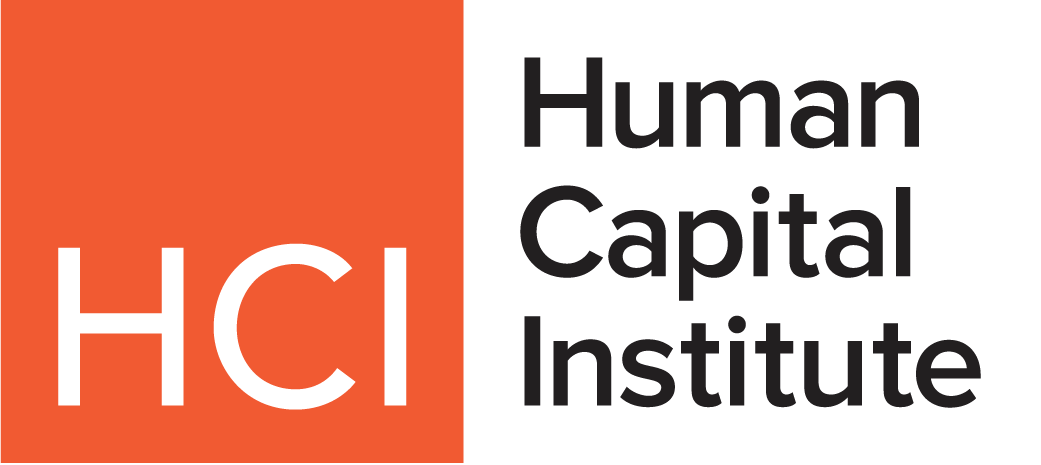New data from Acorn’s “2025 Corporate Performance and Learning Survey” reveals a troubling reality: performance reviews, learning programs, and competency frameworks are often failing employees—so much so that they’re pushing talent out the door. After reviews:
- 27 % of employees report feeling uninspired and less productive.
- Fewer than half say their review clearly outlined improvement or advancement paths.
- 68 % of individual contributors and managers without direct reports believe they’ll need to leave their organization to advance their careers.
This disconnect stems from disjointed systems—isolated performance tools, inconsistent evaluation metrics, and no centralized management framework—leading to fragmented development and disengaged employees.
Broad Implications
There are some critical data points in this research that should cause concern for organizational leaders.
For instance, nearly 80% of senior leaders admit that employees must leave the company to get promoted—yet only 29% of workers trust their organization’s performance evaluation process. Even more concerning, 60% of employees say the performance metrics used are not fair—and one in four begin to question their value to the organization after a review.
Financial waste compounds the issue: 36% of organizations pay between $250K–$1M+ annually on performance tools that yield limited impact.
Acorn co-founder and CEO Blake Proberts is clear: “Most organizations are flying blind because they’re missing a capability layer,” he says. “A capability layer gives you a single source of truth for what good looks like in every role, so you can offer data informed development from hire to retire.”
Keith Metcalfe, President of Acorn, underscores the emotional toll: “Most organizations still have no reliable way to evaluate performance based on what people are actually capable of,” he says. “Anything less pushes great talent out the door.”
Artificial intelligence (AI) and generative AI may have a role to play here. The survey indicates overwhelming appetite for AI-enabled solutions: 92 % believe a capability index score integrated with HR systems would be far more effective than arbitrary rankings, and 89 % support using AI to assess competencies and capabilities.
What HR and L&D Leaders Should Do Now
To address the implications of this research, there are some important steps that organizations can take.
- Integrate talent systems, define clear performance metrics, and link them directly to roles and business goals.
- Track proficiency and skill gaps objectively—use these insights for personalized development plans.
- Invest in two way performance conversations—95 % of respondents said meaningful dialogue between managers and employees is critical—so make it a cornerstone of your process.
- Redirect funds from outdated tools toward platforms that drive measurable employee development and engagement.
By shifting from rigid review cycles to context-aware, AI-supported performance frameworks, HR teams can stop leaking talent and start nurturing real growth.
This isn’t just evolution—it’s a transformation in employee experience and organizational resilience.
Lin Grensing-Pophal is a Contributing Editor at HR Daily Advisor.




